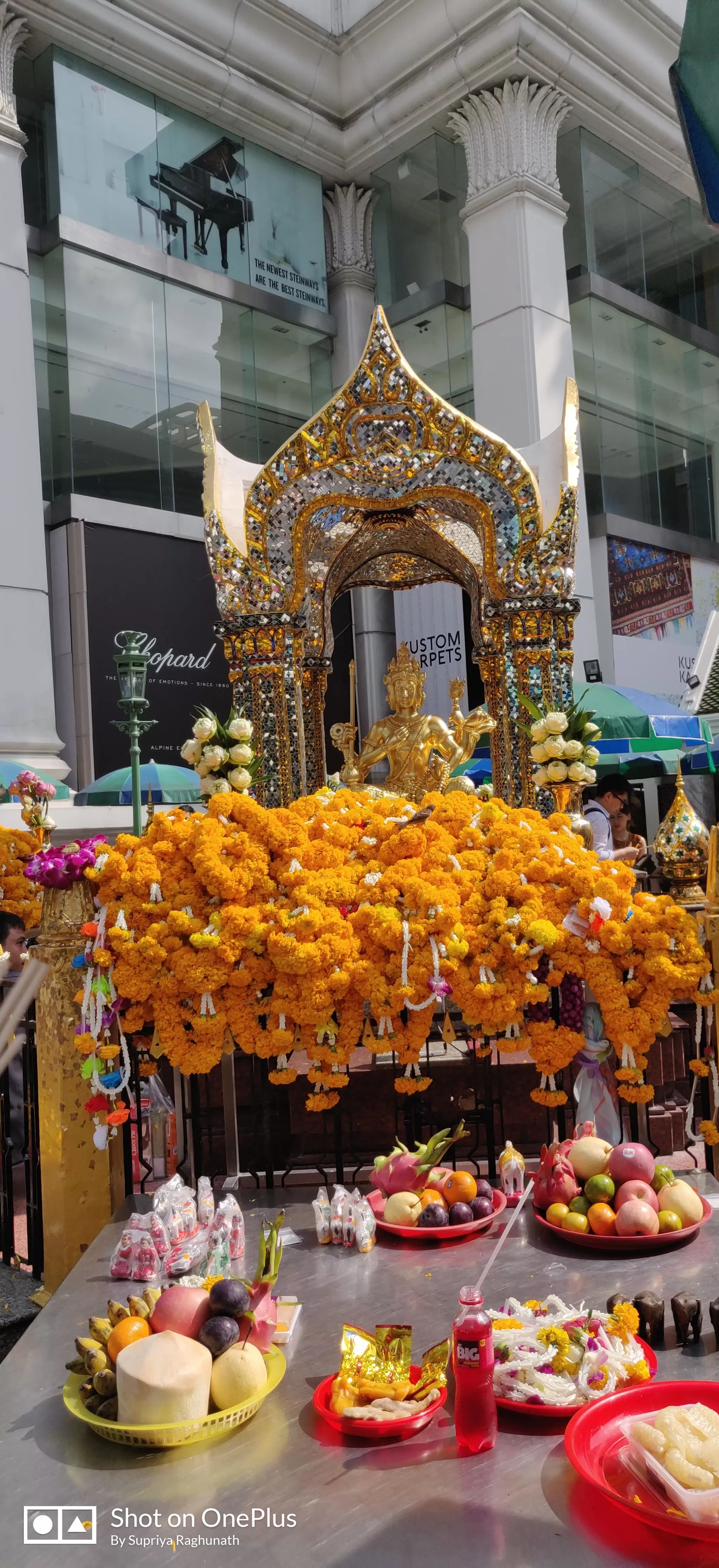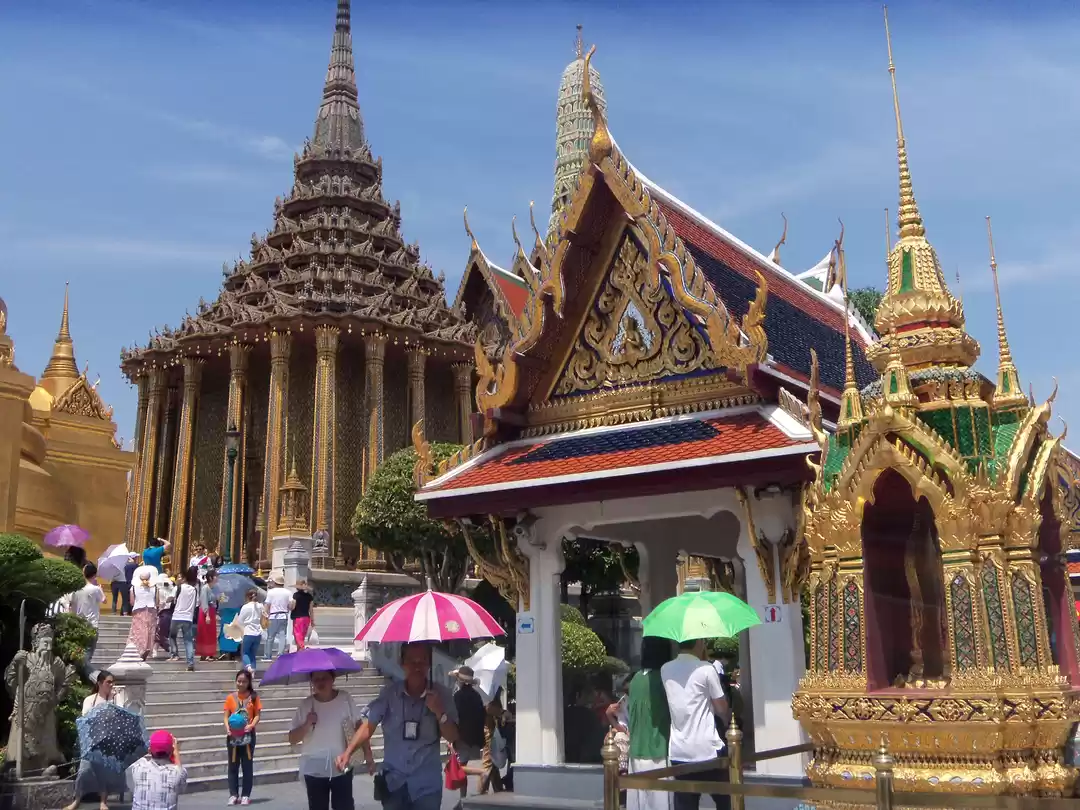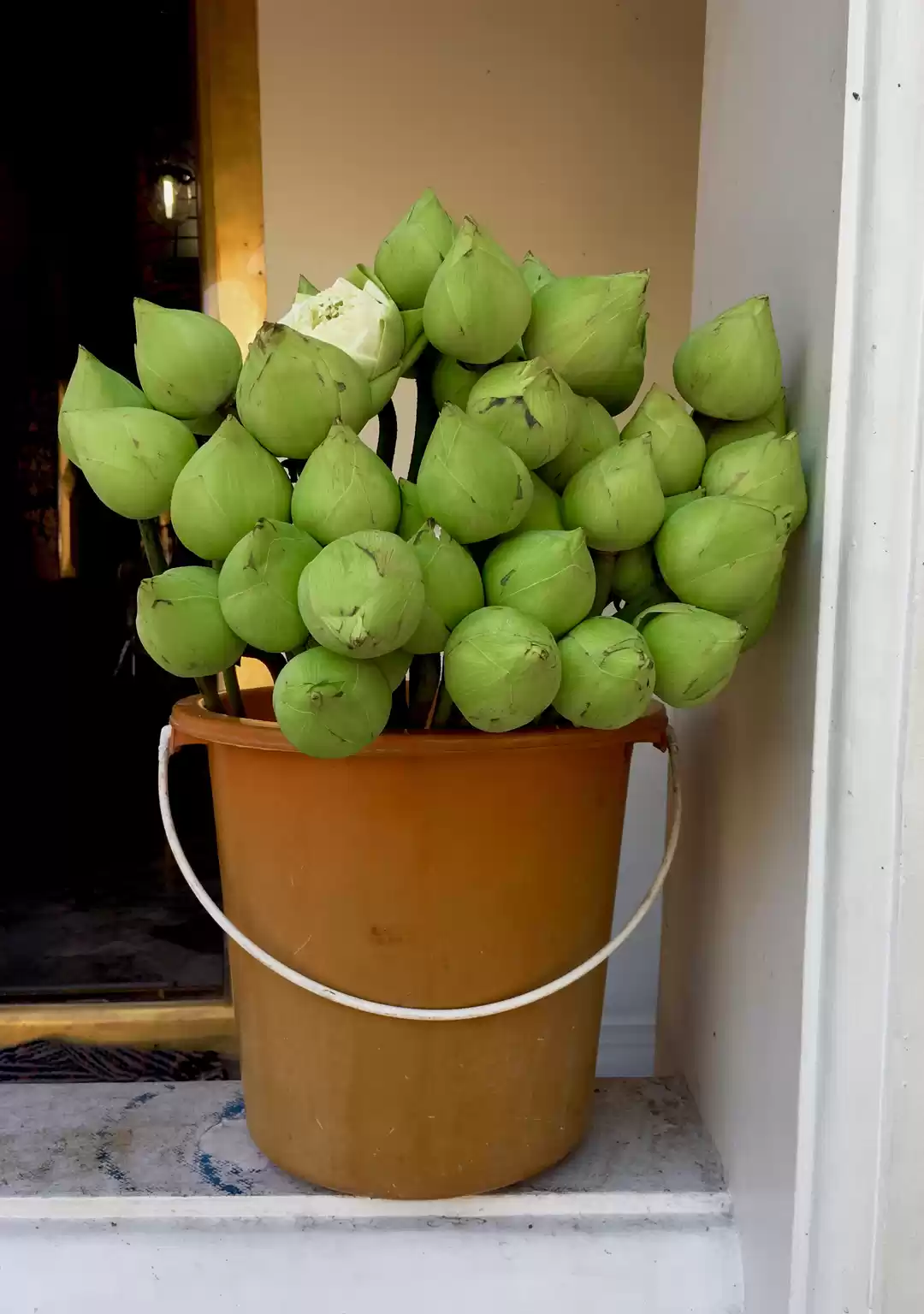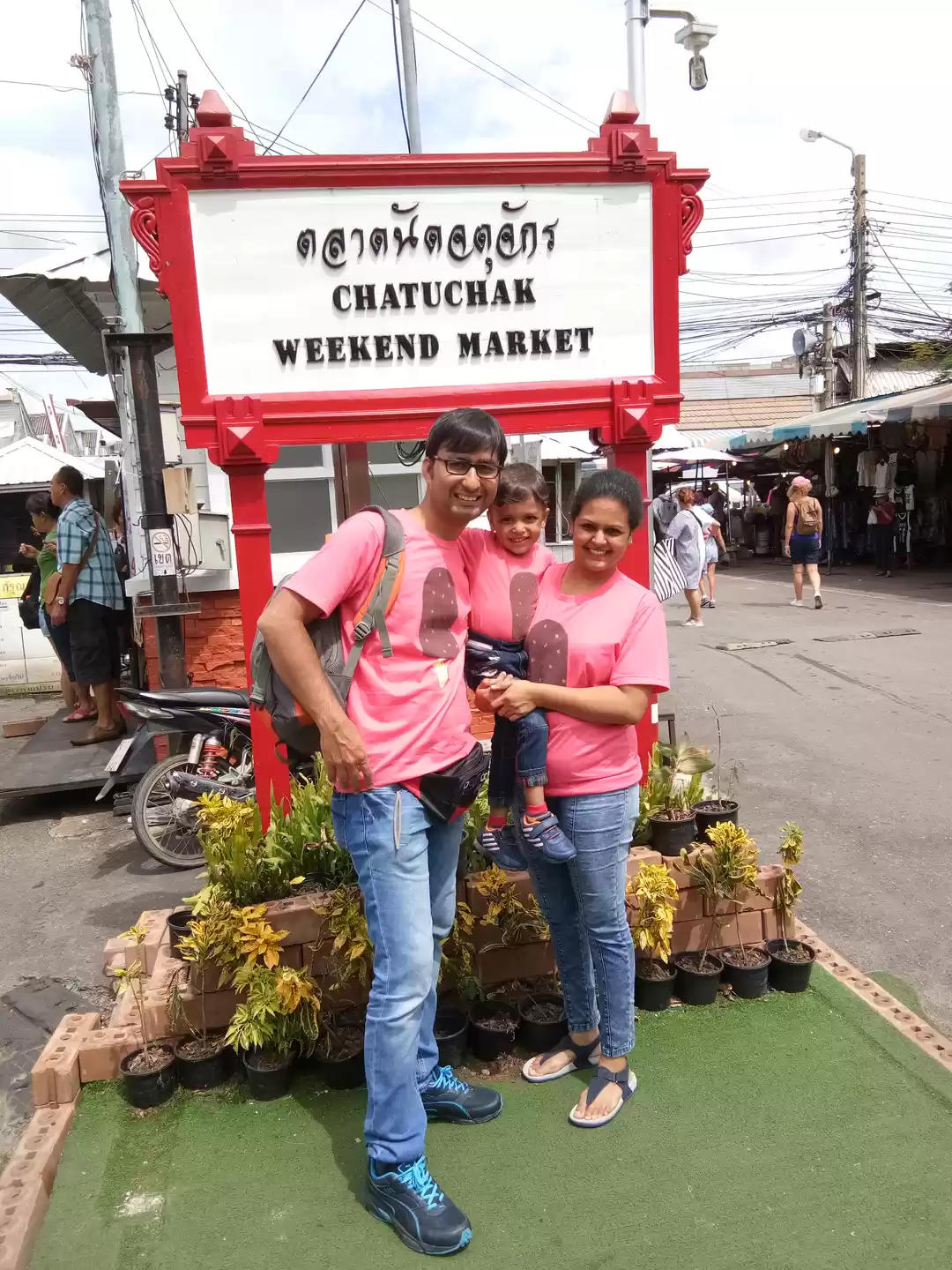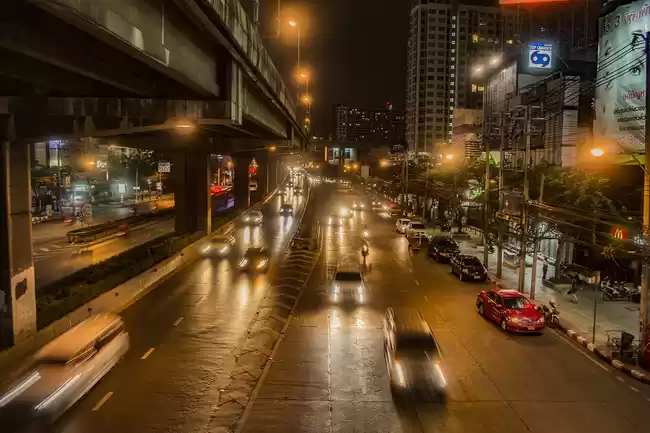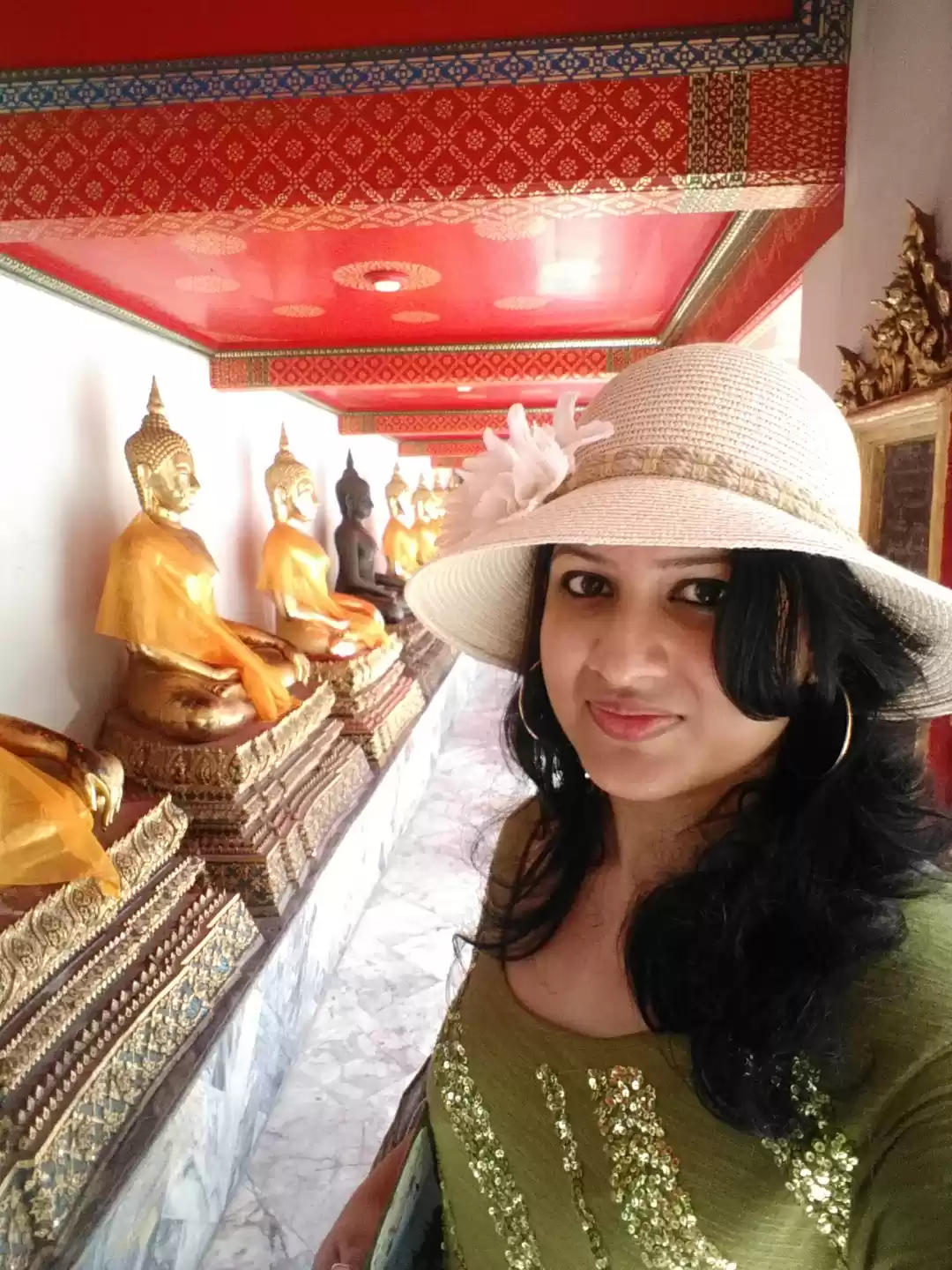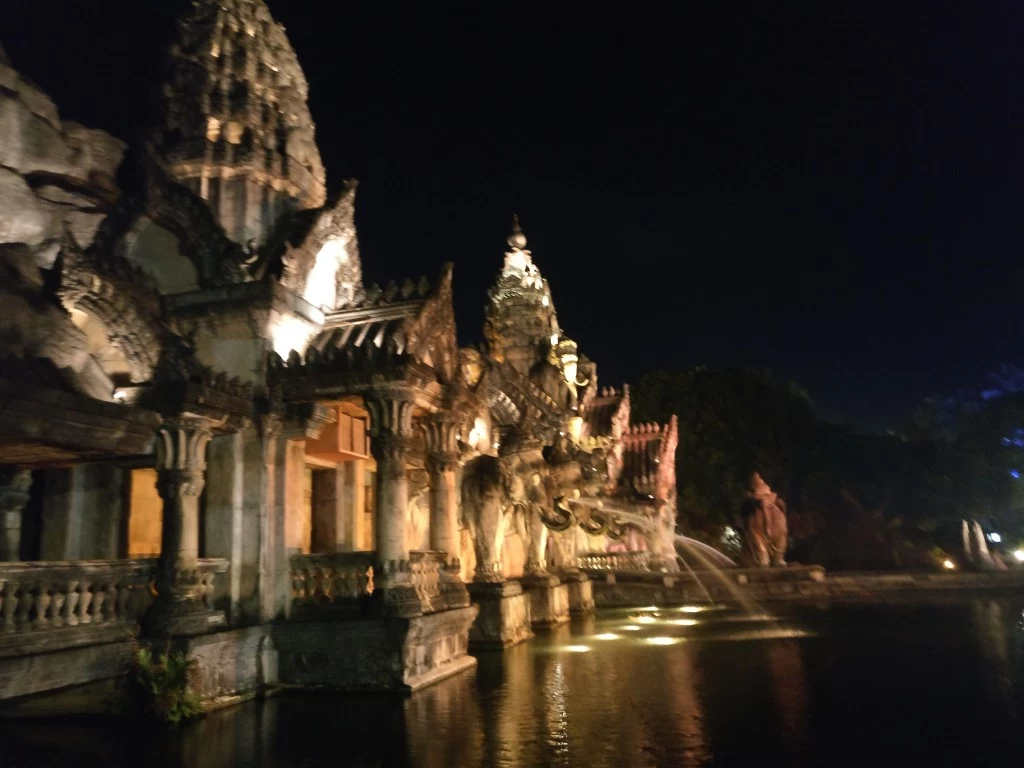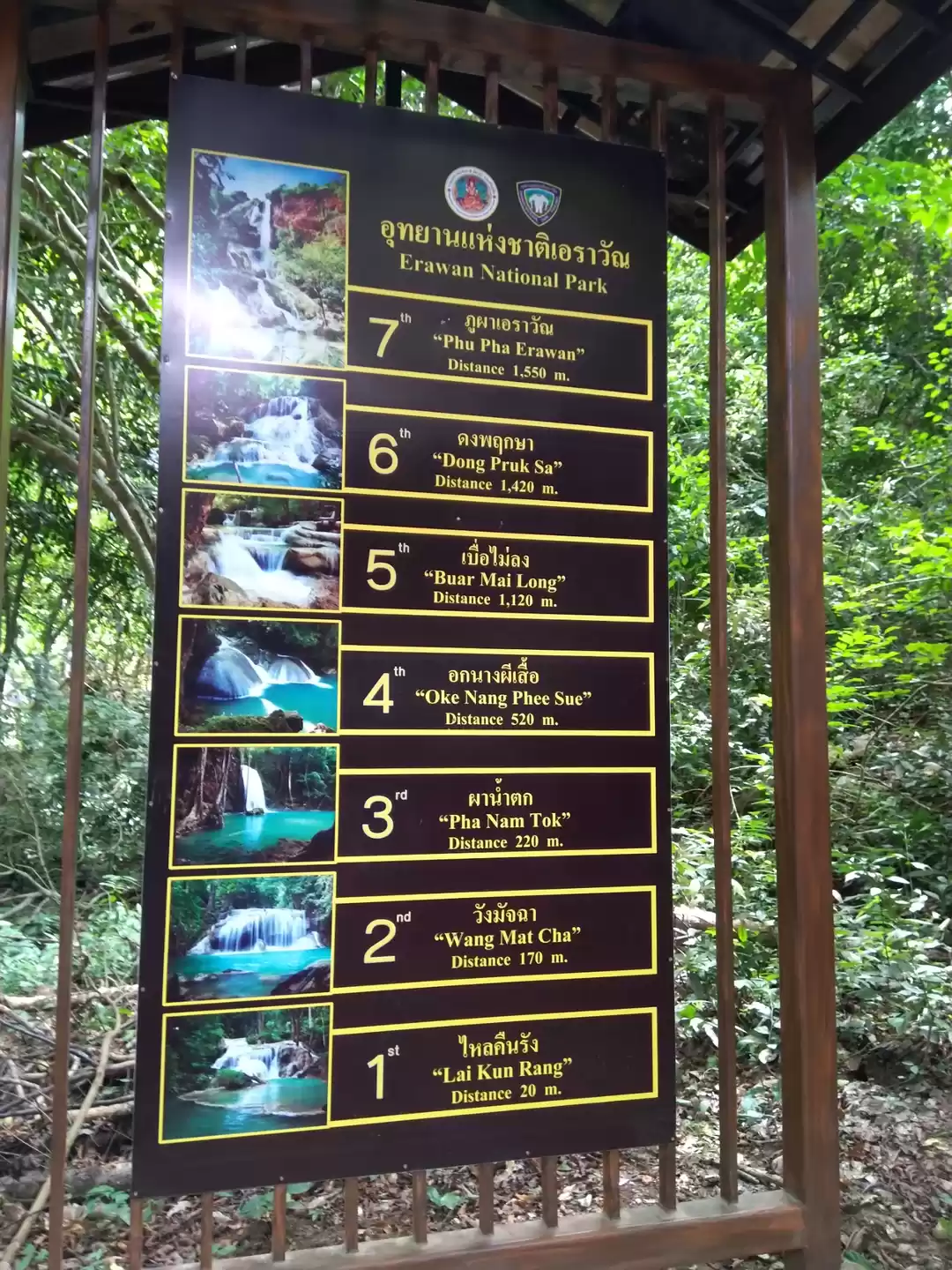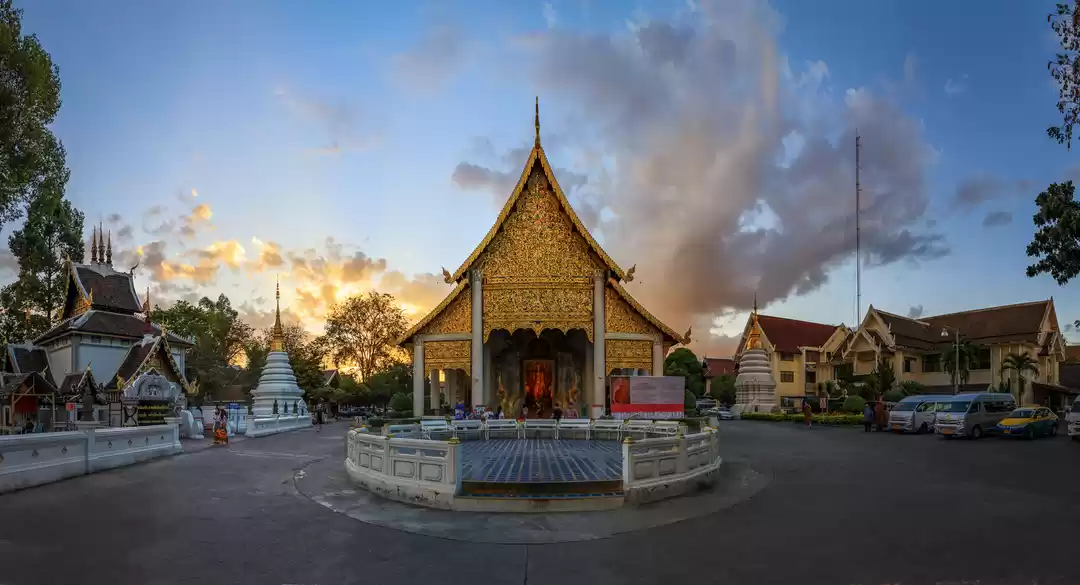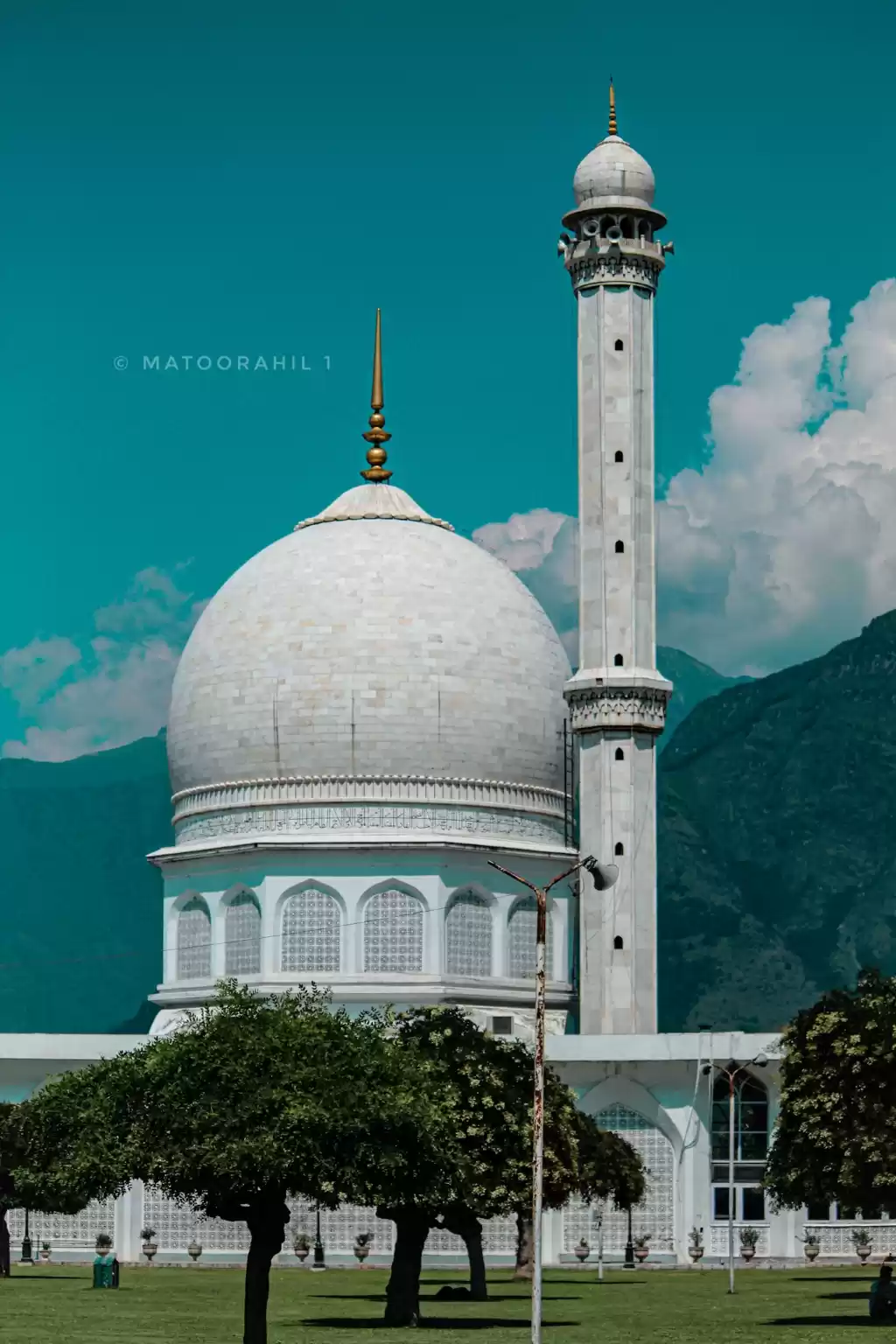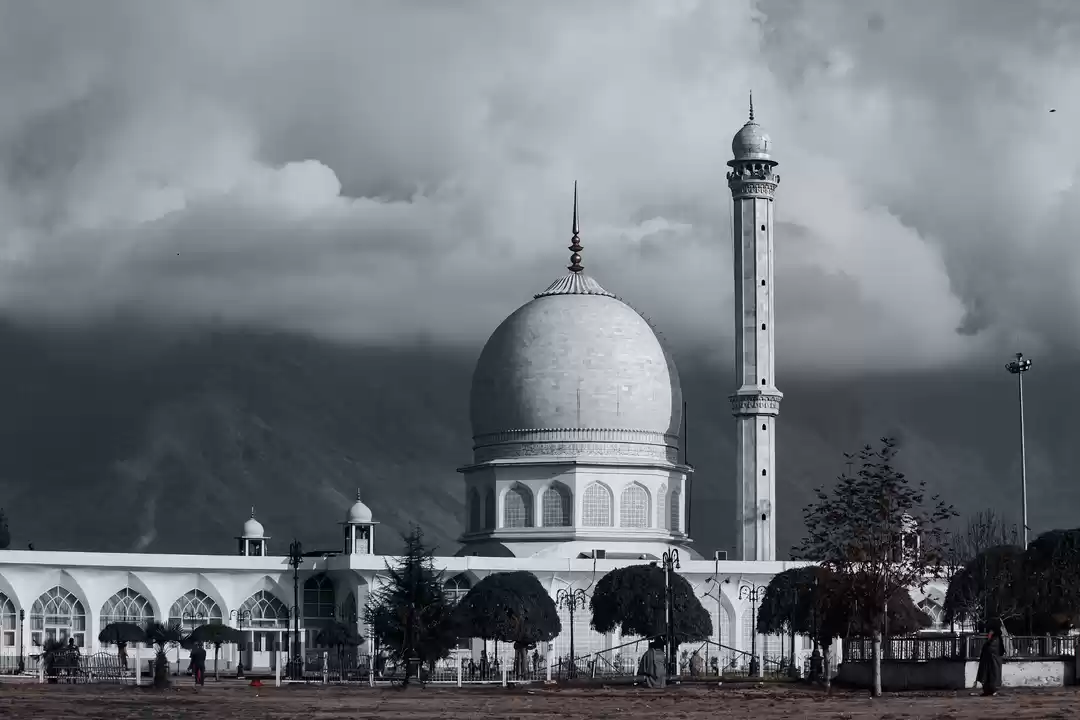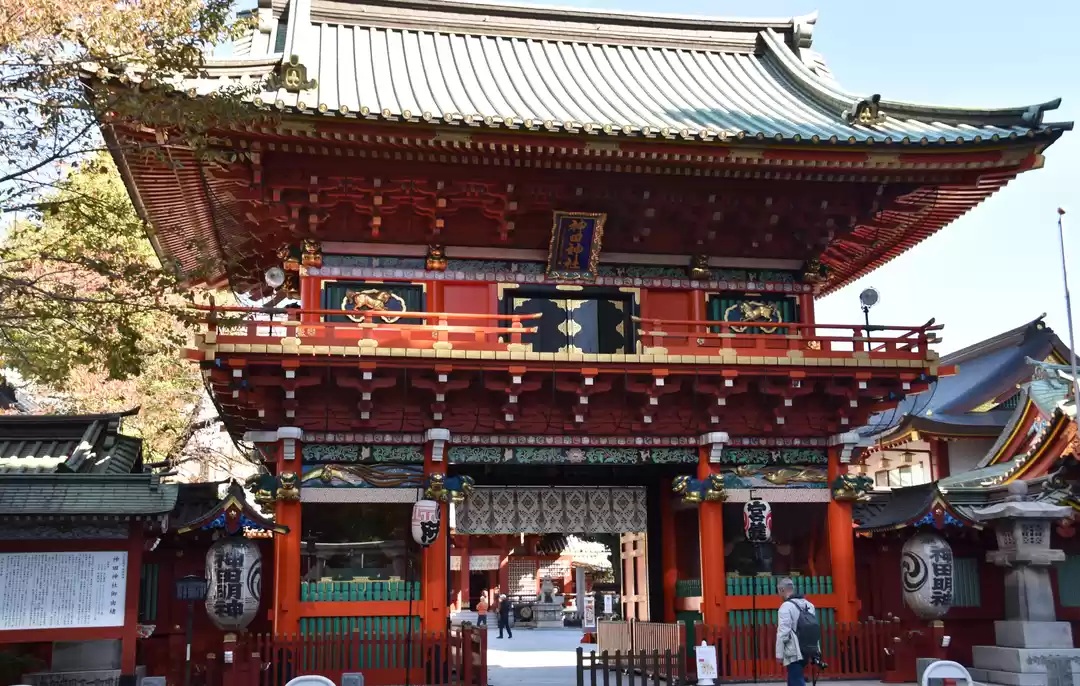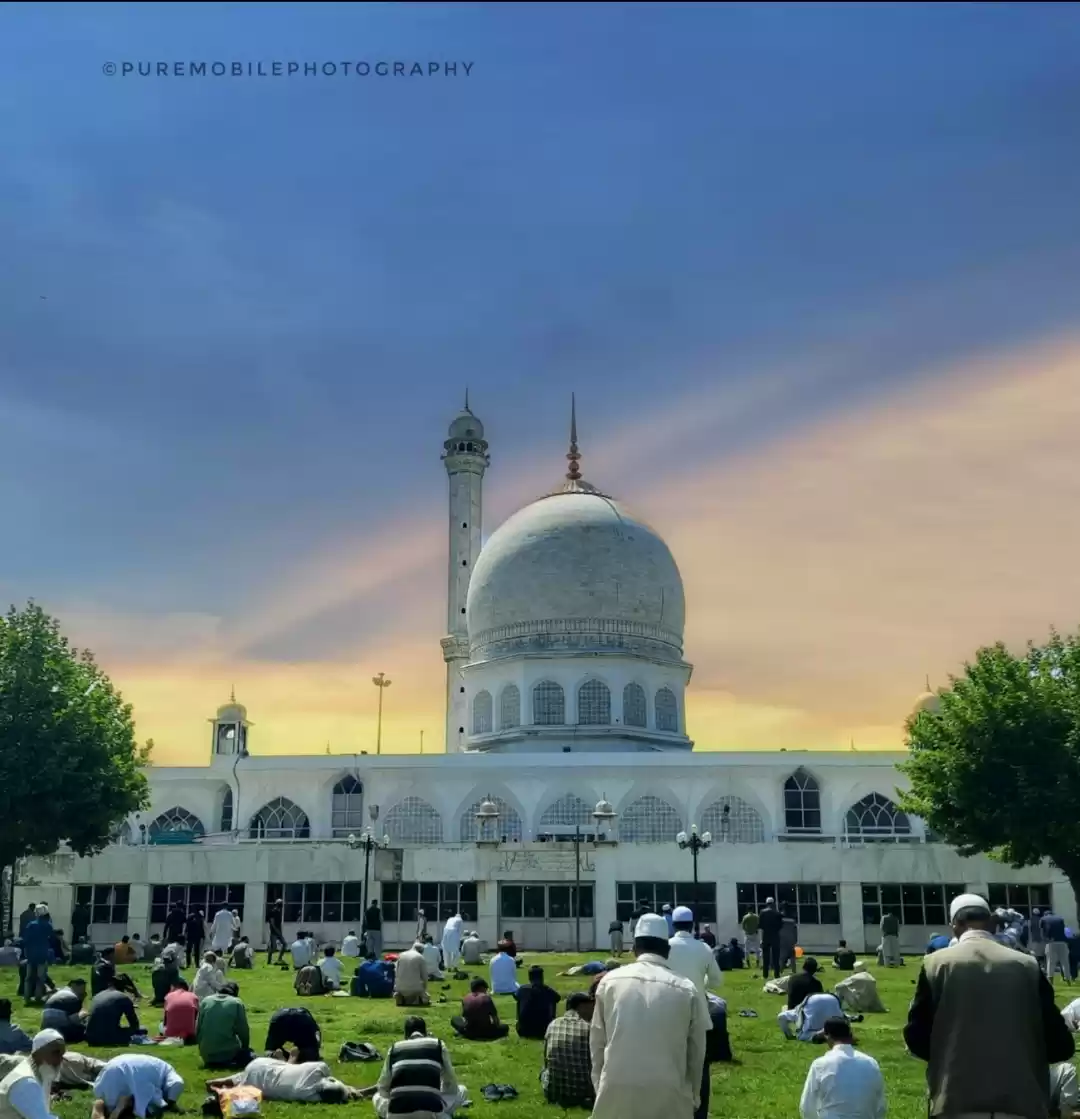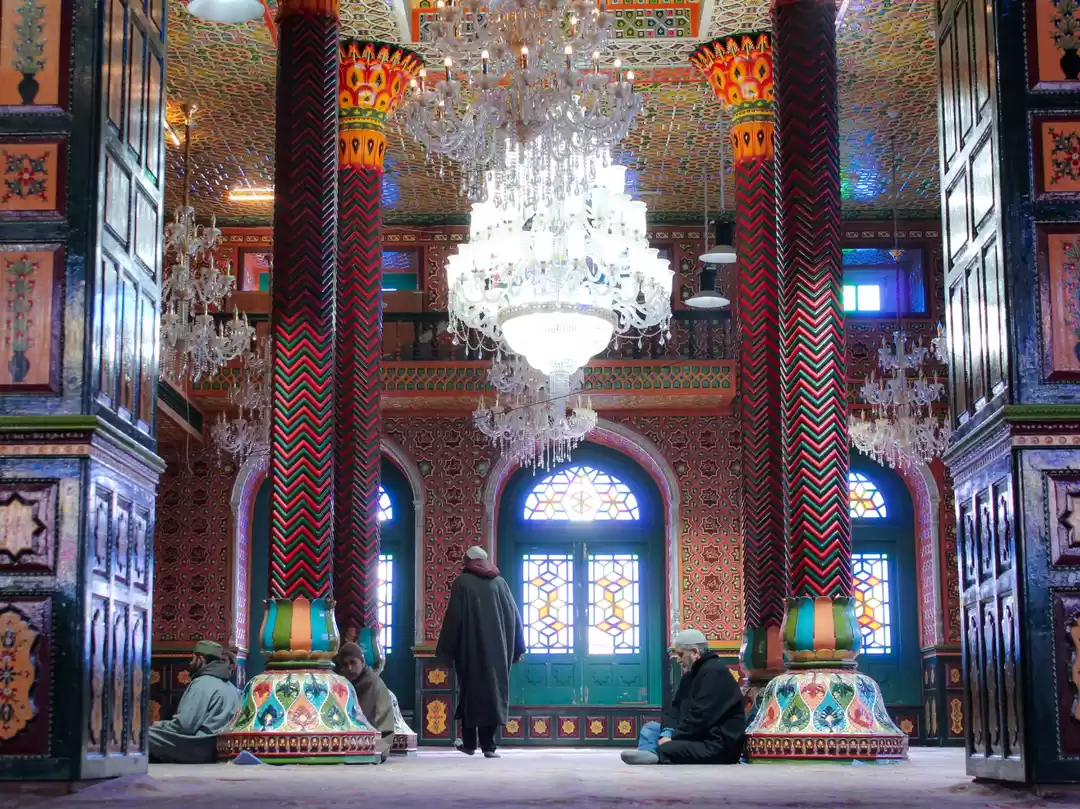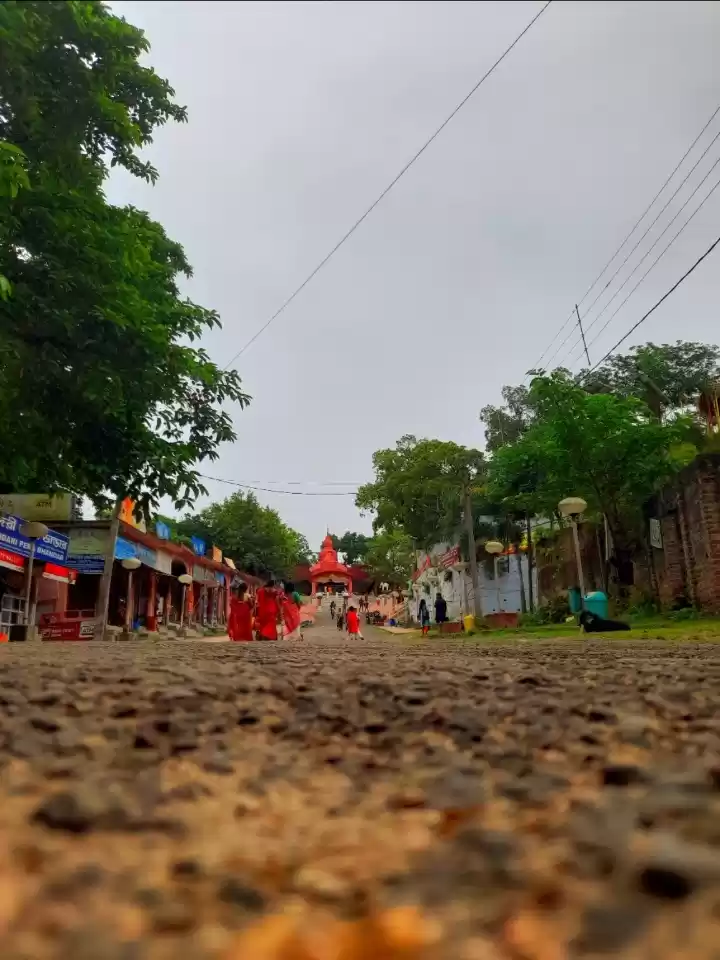Have you ever wondered why thousands of people flock to a small Hindu shrine in the heart of Bangkok every day? What makes this shrine so special and revered by locals and tourists alike? And what can you expect to see and experience when you visit the shrine?
If you are curious about the Erawan Shrine, you are not alone. The Erawan Shrine is one of the most popular and visited attractions in Bangkok, attracting millions of visitors every year. It is a place of worship, culture, and entertainment, where you can witness the devotion and diversity of Thailand’s religious and ethnic communities.
In this article, we will give you the ultimate guide to the Erawan Shrine, covering everything you need to know before you go. We will tell you the fascinating history and significance of the shrine, the main attractions and activities at the shrine, how to get to the shrine, and where to stay near the shrine. By the end of this article, you will have a deeper understanding and appreciation of the Erawan Shrine, and you will be ready to plan your visit to this amazing place.
History of the Erawan Shrine
The Erawan Shrine was built in 1956, as part of the construction of the Erawan Hotel, a luxury hotel that was supposed to be the pride of Bangkok. However, the hotel project faced many problems and delays, such as workers’ strikes, accidents, and deaths. The hotel owners consulted an astrologer, who advised them to build a shrine to honor the land spirits and appease the bad luck.
The shrine was dedicated to Phra Phrom, the Thai representation of Brahma, the Hindu god of creation. Brahma is depicted as a four-faced god, each face representing a different aspect of his power and wisdom. The shrine was named after Erawan, the three-headed elephant that Brahma rides in Hindu mythology.
The shrine was completed and inaugurated on November 9, 1956, and since then, the hotel’s fortune changed for the better. The shrine also became a popular destination for locals and tourists, who came to pay their respects and make their wishes to the benevolent god. Many people reported that their prayers were answered and their wishes were granted after visiting the shrine.
The shrine also witnessed a tragic event in 2006, when a mentally ill man attacked and destroyed the statue of Phra Phrom with a hammer. The man was killed by an angry mob, and the incident shocked and saddened the nation. The statue was quickly replaced by a new one, which was cast from the same mold as the original. The new statue was installed and blessed in a grand ceremony, attended by thousands of people, including the royal family and the prime minister.
The Erawan Shrine has also hosted many famous and influential visitors, such as Elizabeth Taylor, Jackie Chan, and Narendra Modi. The shrine is considered a symbol of Bangkok’s cultural and religious diversity, as it welcomes people of all faiths and backgrounds to worship and enjoy its beauty and charm.
What to See and Do at the Erawan Shrine
The Erawan Shrine is more than just a place of worship. It is also a place of culture and entertainment, where you can see and do many things that will enrich your visit. Here are some of the highlights of the shrine:
The Statue of Phra Phrom: The main attraction of the shrine is the gold leafed statue of Phra Phrom, the four-faced Brahma god, who sits on a pedestal under a glittering canopy. The statue is about 4 meters tall, and each face has a different expression and direction. The faces represent the four cardinal directions, the four seasons, the four elements, and the four Vedas (the sacred texts of Hinduism). The statue is adorned with flowers, incense, candles, and other offerings, which visitors can buy from the stalls around the shrine. Visitors can also make a donation and receive a lotus flower, which they can place at the base of the statue as a sign of respect and gratitude.
The Traditional Dance Performances: One of the most unique and captivating features of the shrine is the traditional dance performances, which take place throughout the day. The dancers are hired by the visitors, who pay them to perform as a way of thanking the god for fulfilling their wishes or asking for his blessings. The dancers wear colorful and elaborate costumes, and perform various styles of Thai classical dance, such as khon, lakhon, and fon. The dances are accompanied by live music, played by a band of musicians with traditional instruments, such as the ranat (a wooden xylophone), the pi (a reed instrument), and the klong (a drum). The dance performances add a lively and festive atmosphere to the shrine, and are a delight to watch and listen to.
The Offerings and Prayers: Another way to experience the shrine is to make an offering and a prayer to the god. There are many types of offerings that visitors can choose from, such as flowers, incense, candles, fruits, sweets, and even elephants (made of wood or paper). The offerings are meant to show the god’s generosity and kindness, and to ask for his favor and protection. Visitors can also buy a set of wooden sticks, which have numbers on them. They can shake the sticks until one falls out, and then match the number with a corresponding paper, which has a fortune or a message written on it. The paper can be taken home or tied to a nearby tree, as a way of leaving the wish or the problem to the god.

To make a prayer, visitors can approach the statue and bow three times, with their palms together. They can then place their offering at the base of the statue, and say their prayer silently or aloud. They can also touch the statue’s hand or face, as a way of connecting with the god and receiving his energy and grace. Many visitors also walk around the statue clockwise, three times, while saying their prayer. This is believed to increase the chances of the prayer being heard and answered.
How to Get to the Erawan Shrine
The Erawan Shrine is located in the Pathum Wan District of Bangkok, at the intersection of Ratchadamri Road and Rama I Road. It is easily accessible by various modes of transportation, such as:
BTS Skytrain: The easiest and fastest way to get to the shrine is by taking the BTS Skytrain, which is Bangkok’s elevated metro system. The shrine is right next to the Chit Lom Station, which is on the Sukhumvit Line. You can take the exit 6, which leads directly to the shrine. The BTS Skytrain operates from 6 a.m. to midnight, and the fare depends on the distance traveled. You can buy a single-journey ticket from the vending machines at the station, or use a stored-value card, which can be purchased and recharged at the ticket office or the convenience stores.
MRT Subway: Another option is to take the MRT Subway, which is Bangkok’s underground metro system. The shrine is about a 15-minute walk from the Si Lom Station, which is on the Blue Line. You can take the exit 2, which leads to the Sala Daeng BTS Station. From there, you can walk along Rama IV Road, and then turn right at Ratchadamri Road, where you will see the shrine. The MRT Subway operates from 6 a.m. to midnight, and the fare depends on the distance traveled. You can buy a single-journey ticket from the vending machines at the station, or use a stored-value card, which can be purchased and recharged at the ticket office or the convenience stores.
Bus: You can also take a bus to the shrine, which is a cheaper but slower option. There are many bus routes that pass by the shrine, such as 2, 15, 25, 40, 48, 54, 73, 79, 141, 159, 162, 163, 204, 501, and 508. You can check the bus number and destination on the front and side of the bus, and pay the fare to the conductor on board. The fare ranges from 8 to 20 baht, depending on the type and distance of the bus. You can get off at the bus stop near the Central World Shopping Mall, which is opposite the shrine.
Taxi: You can also take a taxi to the shrine, which is a convenient but more expensive option. You can hail a taxi from the street, or use a mobile app, such as Grab or LINE Taxi, to book one. You can tell the driver to take you to the Erawan Shrine, or show them the name in Thai, which is ศาลพระพรหม (San Phra Phrom). The taxi fare is based on the meter, which starts at 35 baht, and increases by 2 baht per kilometer. You may also have to pay extra for tolls, surcharges, or traffic jams. You can pay the driver in cash, or use a mobile app, such as Grab or LINE Pay, to pay electronically.
Tuk-Tuk: You can also take a tuk-tuk to the shrine, which is a fun but risky option. A tuk-tuk is a three-wheeled motorized vehicle, which can accommodate up to three passengers. You can find a tuk-tuk near the tourist areas, such as the Khao San Road, the Grand Palace, or the Chinatown. You can negotiate the fare with the driver before you get in, and make sure they take you to the right destination. The fare depends on the distance and the traffic, but it should not be more than 100 baht. You can pay the driver in cash, and tip them if you are satisfied with their service. However, be aware that some tuk-tuk drivers may try to scam you, by taking you to a different place, charging you extra, or offering you a tour or a shopping deal. If you encounter any of these situations, you can refuse politely and firmly, and get out of the tuk-tuk as soon as possible.
Where to Stay Near the Erawan Shrine
If you want to stay near the Erawan Shrine, you have plenty of options to choose from, as the shrine is surrounded by some of the best hotels in Bangkok. Here are some of the top hotels near the shrine, with ratings, prices, and links to book them:
Grand Hyatt Erawan Bangkok: This is a five-star hotel that is directly connected to the shrine, offering a luxurious and convenient stay. The hotel features spacious and elegant rooms and suites, with modern amenities and stunning views of the city. The hotel also offers a range of facilities and services, such as a spa, a fitness center, a swimming pool, a business center, and a concierge. The hotel has several dining options, including a Thai restaurant, a Chinese restaurant, a Japanese restaurant, and a bakery. The hotel is also close to the Central World Shopping Mall, the Siam Paragon Shopping Mall, and the Gaysorn Village Shopping Mall, where you can enjoy shopping, dining, and entertainment. The hotel’s price ranges from 4,000 to 15,000 baht per night, depending on the room type and the season. You can book the hotel here.
Novotel Bangkok Platinum Pratunam: This is a four-star hotel that is located opposite the shrine, offering a comfortable and affordable stay. The hotel features cozy and stylish rooms and suites, with modern amenities and panoramic views of the city. The hotel also offers a range of facilities and services, such as a spa, a fitness center, a swimming pool, a business center, and a shuttle service. The hotel has a restaurant, a bar, and a lounge, where you can enjoy international cuisine, drinks, and live music. The hotel is also close to the Platinum Fashion Mall, the Pratunam Market, and the Central World Shopping Mall, where you can find a variety of fashion, accessories, and souvenirs. The hotel’s price ranges from 1,500 to 5,000 baht per night, depending on the room type and the season. You can book the hotel here.
Holiday Inn Express Bangkok Siam: This is a three-star hotel that is located about a 15-minute walk from the shrine, offering a simple and budget-friendly stay. The hotel features clean and modern rooms, with basic amenities and free Wi-Fi. The hotel also offers a range of facilities and services, such as a breakfast buffet, a fitness center, a laundry service, and a tour desk. The hotel does not have a restaurant, but it has a vending machine and a convenience store, where you can buy snacks and drinks. The hotel is also close to the Siam Square, the MBK Center, and the Jim Thompson House, where you can explore the culture, history, and art of Bangkok. The hotel’s price ranges from 800 to 2,000 baht per night, depending on the room type and the season. You can book the hotel here.
Conclusion
The Erawan Shrine is one of the most popular and visited attractions in Bangkok, and for good reasons. It is a place of worship, culture, and entertainment, where you can learn about the history and significance of the shrine, see the statue of Phra Phrom, the four-faced Brahma god, watch the traditional dance performances, and make your offerings and prayers. It is also a place of convenience, as it is easily accessible by various modes of transportation, and surrounded by some of the best hotels in Bangkok.
If you are looking for a unique and memorable experience in Bangkok, you should not miss the Erawan Shrine. It is a place that will enrich your mind, body, and soul, and make you feel the magic and charm of Thailand’s capital city.
We hope you enjoyed this article, and found it useful and informative. If you have any thoughts, questions, or experiences about the Erawan Shrine, please feel free to share them in the comments section below, or on our social media platforms. We would love to hear from you, and to help you plan your trip to the Erawan Shrine.


